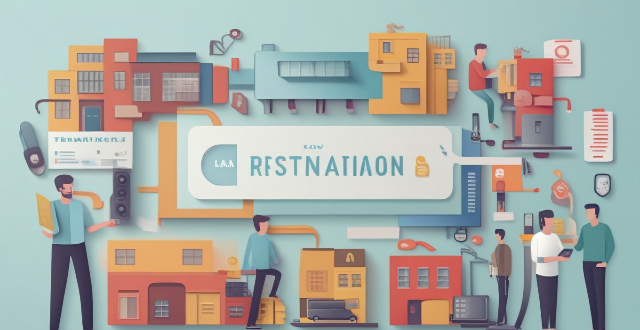Automation can significantly enhance customer service by streamlining processes, reducing errors, and providing consistent support. It enables personalized communication through chatbots and email automation, efficient processes via self-service options and backend automation, a consistent experience with standardized responses, cost-effective solutions through scalability, and continuous improvement using feedback loops. As technology progresses, the potential for automation in customer service will continue to expand, leading to more innovative ways to meet customer needs.

How Can Automation Be Used to Improve Customer Service?
Automation has become a crucial tool in enhancing customer service across various industries. By streamlining processes, reducing human error, and providing consistent service, automation can significantly improve the overall customer experience. Here's how:
Personalized Communication
Chatbots and Virtual Assistants
- 24/7 Availability: Chatbots and virtual assistants can provide round-the-clock support, ensuring that customers receive immediate assistance regardless of the time or day.
- Instant Responses: Quick replies to common queries reduce wait times and increase customer satisfaction.
- Language Support: Multilingual capabilities allow businesses to cater to a global audience, breaking language barriers.
Email Automation
- Triggered Responses: Automated emails can be sent based on customer actions, such as purchase confirmations or password resets.
- Personalized Content: Using customer data, automated emails can include personalized product recommendations or exclusive offers.
Efficient Processes
Self-Service Options
- Online Portals: Customers can manage their accounts, track orders, or make changes without direct assistance.
- Interactive Voice Response (IVR) Systems: Phone systems guide callers through options, reducing the need for live support for simple tasks.
Backend Automation
- Ticketing Systems: Automated ticket generation ensures that all customer issues are logged and assigned to the appropriate department or representative.
- Data Analysis: Algorithms can analyze customer interactions to identify trends, allowing for proactive problem-solving and service improvements.
Consistent Experience
Standardized Responses
- Scripted Interactions: For common issues, chatbots and automated phone systems can provide scripted responses, ensuring consistency in information provided.
- Quality Control: Automated processes can be monitored for quality assurance, maintaining a high standard of service delivery.
Cost-Effective Solutions
Scalability
- Resource Allocation: Automation allows companies to reallocate human resources from repetitive tasks to more complex issues requiring human intervention.
- Cost Savings: By reducing the need for extensive customer support teams, businesses can cut down on labor costs while still maintaining efficient service levels.
Continuous Improvement
Feedback Loops
- Surveys and Polls: Automated feedback mechanisms can collect customer input after interactions, helping to identify areas for improvement.
- A/B Testing: Different automated approaches can be tested to see which ones result in higher customer satisfaction rates.
In conclusion, automation in customer service not only enhances efficiency but also elevates the overall customer experience by providing fast, reliable, and personalized support. As technology advances, the potential for automation to transform customer service will continue to grow, leading to even more innovative ways to meet customer needs.